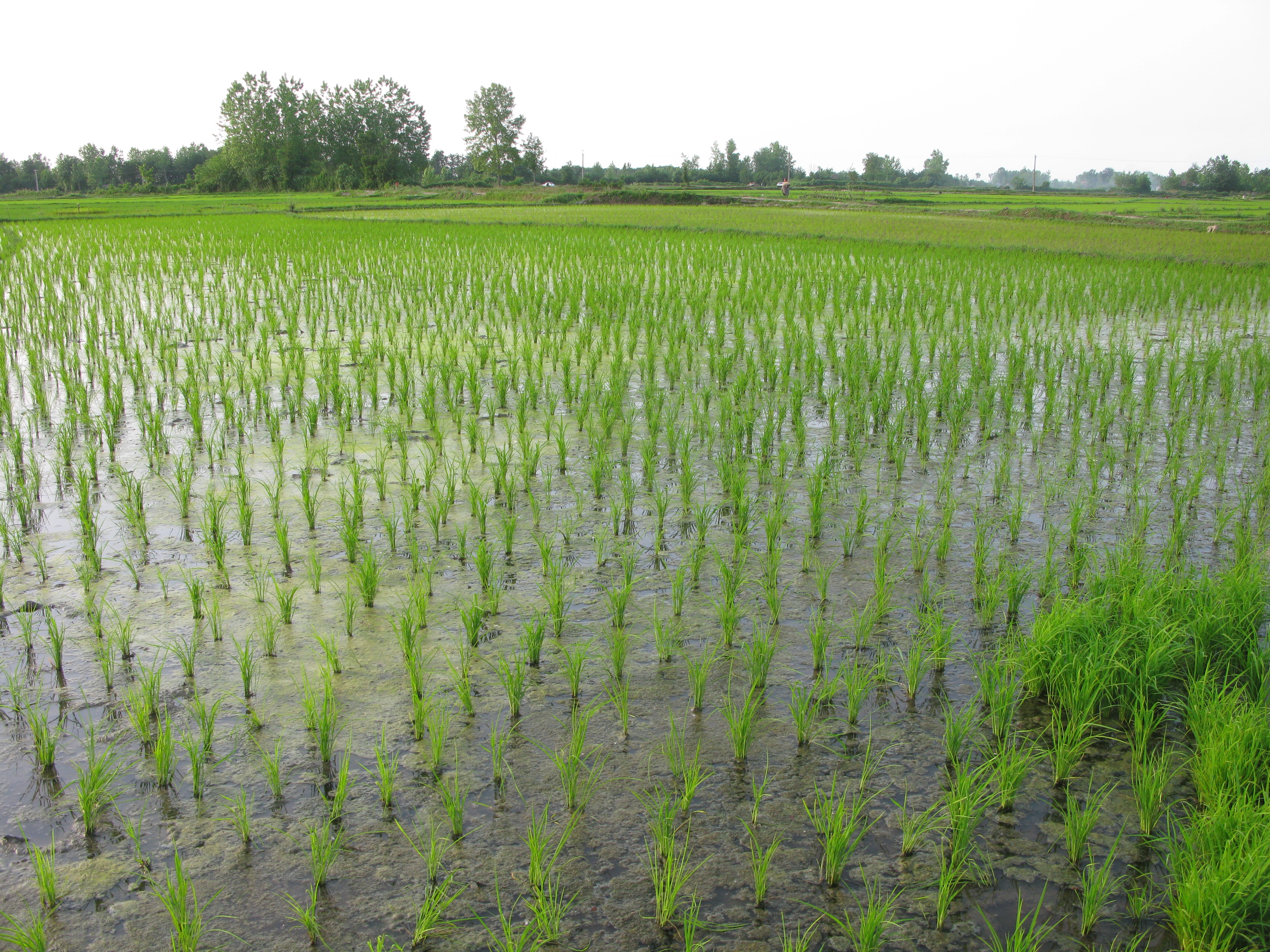Photo : Paddy Field
Province:
GilanAdditional Information:
Description:
A paddy field is a flooded parcel of arable land used for growing semiaquatic rice. Paddy cultivation should not be confused with cultivation of deep water rice, which is grown in flooded conditions with water more than 50 cm (20 in) deep for at least a month. Genetic evidence published in the Proceedings of the National Academy of Sciences of the United States of America (PNAS) shows that all forms of paddy rice, both indica and japonica, spring from a domestication of the wild rice Oryza rufipogon that first occurred 8,200–13,500 years ago South of the Yangtze River in present-day China.[1] However, the domesticated indica subspecies currently appears to be a product of the introgression of favorable alleles from japonica at a later date, so that there are possibly several events of cultivation and domestication.[2] Paddy fields are the typical feature of rice farming in east, south and southeast Asia. Fields can be built into steep hillsides as terraces and adjacent to depressed or steeply sloped features such as rivers or marshes. They can require a great deal of labor and materials to create, and need large quantities of water for irrigation. Oxen and water buffalo, adapted for life in wetlands, are important working animals used extensively in paddy field farming. During the twentieth century, paddy field farming became the dominant form of growing rice. Hill tribes of Thailand still cultivate dry-soil varieties called upland rice.[3] Paddy field farming is practiced in Cambodia, Bangladesh, China, Taiwan, India, Indonesia, Iran, Japan, North Korea, South Korea, Malaysia, Myanmar, Nepal, Pakistan, the Philippines, Sri Lanka, Thailand, Vietnam, and Laos, as well as Piedmont in Italy, the Camargue in France,[4] the Artibonite Valley in Haiti, and Sacramento Valley in California. Paddy fields are a major source of atmospheric methane and have been estimated to contribute in the range of 50 to 100 million tonnes of the gas per annum.[5][6] Recent studies have
Download this photo